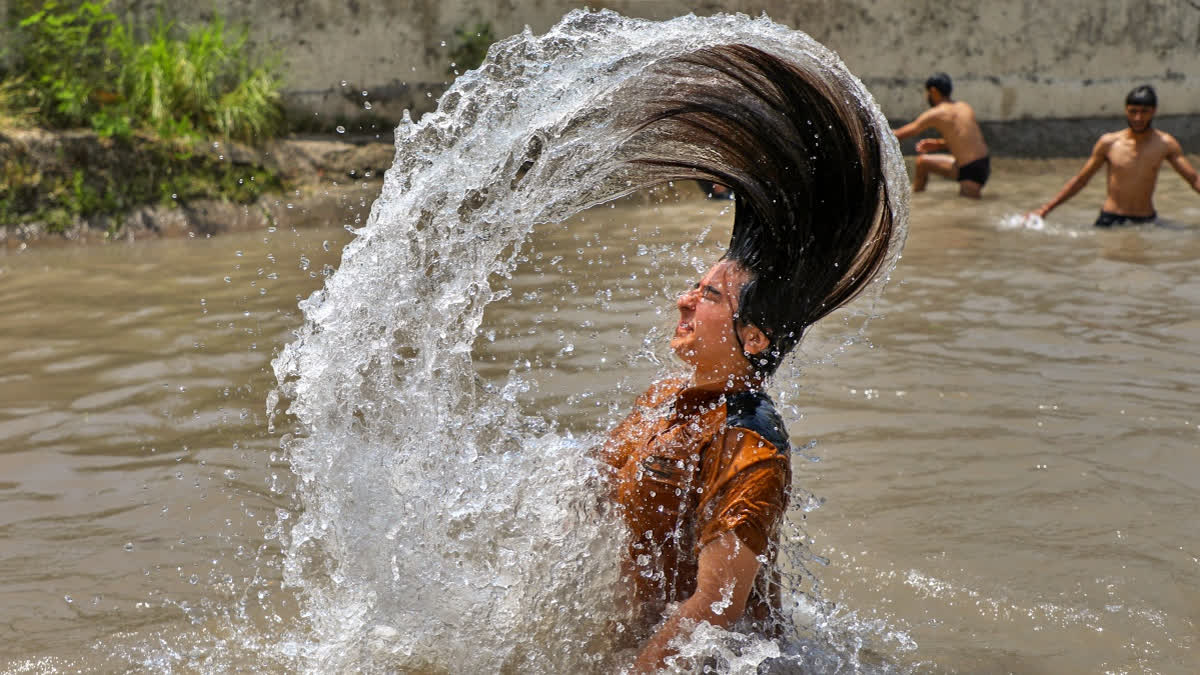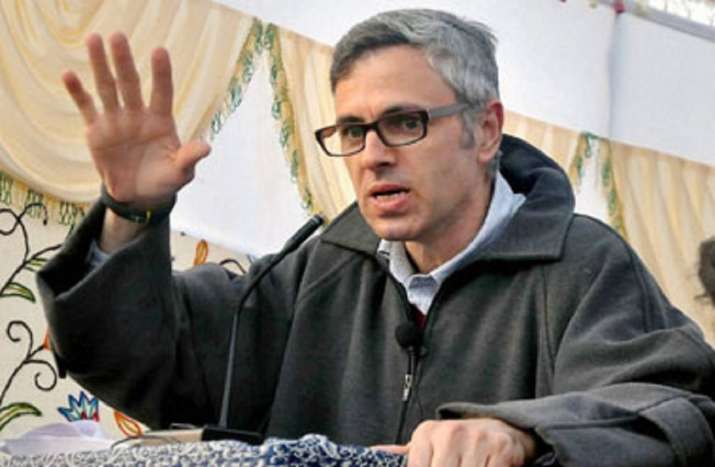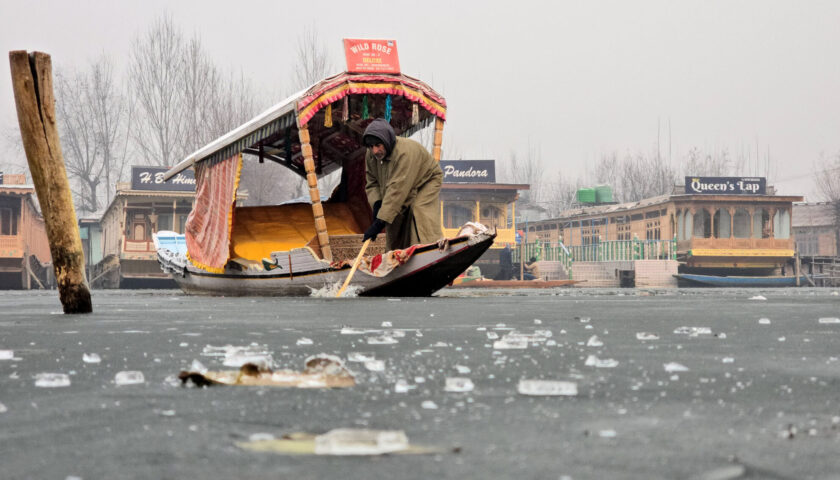From Chill to Scorch: Kashmir’s Climate Paradox Intensifies
Srinagar 10 June 2025: Jammu & Kashmir is reeling under a five-day heatwave, with temperatures soaring well beyond seasonal norms, prompting health advisories, disrupting agriculture, and unsettling the region’s fragile tourism sector. The India Meteorological Department (IMD) has issued multiple alerts, asking residents to avoid exposure during peak afternoon hours, stay hydrated, and watch for signs of heat stress—especially in children, the elderly, and those with outdoor occupations.
But beyond immediate discomfort lies a more troubling story: Kashmir’s shifting climate profile may be a warning sign for the entire Himalayan belt.
Heatwave Snapshot: Key Data & Developments
-
🌡️ Srinagar and Kupwara recorded temperatures over 35°C—a rare phenomenon for early June.
-
🧊 Hill stations like Pahalgam and Gulmarg saw temperature spikes 6–8°C above normal.
-
🚨 Schools in southern districts were advised to suspend outdoor activities.
-
🏥 Health centers across Anantnag, Baramulla, and Pulwama reported rising cases of heat exhaustion and dehydration.
“This isn’t just a hot spell. It’s part of a larger pattern of erratic and extreme weather,” said Dr. Aijaz Mir, a climate scientist at the University of Kashmir. “We’re seeing the consequences of global warming play out in real time.”
Climate Red Flags in Jammu & Kashmir: A Pattern Emerges
| Indicator | Trend | Source |
|---|---|---|
| 🔺 Temperature Anomalies | Multiple record highs in Srinagar, Qazigund, and Pahalgam since 2022 | IMD Reports |
| 🌧️ Rainfall Deficit | Over 80% deficit in August 2024, triggering low flows in Jhelum and Chenab | State Water Resources Dept. |
| 🌊 Glacial Retreat | Rapid melt in Kolahoi and Harmukh glaciers, endangering water supplies | National Institute of Hydrology |
| 🧬 Public Health Risks | Increased incidents of heat stroke, respiratory stress, and vector-borne disease | SAPCCHH (State Action Plan on Climate Change & Human Health) |
Agriculture, the backbone of Kashmir’s rural economy, is under severe pressure:
-
🥀 Apple & Walnut Orchards—Kashmir’s pride—are experiencing lower fruit setting and increased risk of sunburn and pest infestation.
-
💧 Water Scarcity is growing as glaciers melt prematurely, affecting irrigation for over 75,000 hectares of cropland.
-
🌱 Farmers in Kupwara and Shopian report early leaf shedding and distorted flowering patterns in high-value crops like saffron.
-
📉 Agricultural scientists estimate that 30,000 hectares of arable land has been degraded or abandoned in the last decade due to climate-linked unpredictability.
“Our crops are confused,” says Abdul Hamid, a walnut farmer in Kulgam. “Winter stayed too long, then summer came too fast. We can’t plan anymore.”
Tourism Takes a Dual Hit: Surge in Visitors, Dip in Experience
Paradoxically, while the rest of India swelters, Kashmir remains a sought-after escape, even during this heatwave. But expectations don’t always match reality:
-
🧳 Tourists arrive expecting cool climates, but encounter heat levels that push them indoors by noon.
-
🚫 Outdoor activities like trekking, rafting, and camping are witnessing fewer bookings during daylight hours.
-
💸 However, Srinagar, Pahalgam, and Sonamarg are still seeing record hotel occupancy as travelers opt for shorter, off-peak excursions.
Tour operator Zoya Khan explains:
“We’re still hosting thousands, but day schedules are shifting. Mornings and evenings are busy, afternoons are empty. Our guides now carry electrolyte sachets along with brochures.”
Climate-Conscious Guide for Kashmiris & Visitors: Surviving—and Thriving—in a Hotter Valley
For Farmers: Adaptive Steps
-
Switch to heat-resilient crops like millets, pulses, or drought-tolerant apple cultivars.
-
Use mulching, shade nets, and drip irrigation to conserve water.
-
Leverage schemes like:
-
PM-KUSUM: Solar-powered pumps and irrigation
-
National Mission on Sustainable Agriculture (NMSA): Soil health and water efficiency
-
-
Regularly consult Agro-Advisory Bulletins from SKUAST and IMD.
For Tour Operators: Sustainable Tourism Amid Heat
-
Reschedule treks, sightseeing, and outdoor excursions to early morning or post-5PM.
-
Recommend higher-altitude escapes like Gurez, Doodhpathri, Bangus Valley, and Lolab.
-
Promote eco-certified hotels, shikara operators, and handicraft sellers.
-
Brief tourists on local climate shifts—empower them to be allies, not just consumers.
For Travelers: Travel Smart, Travel Green
-
Pack light cottons, hats, electrolyte sachets, and refillable bottles.
-
Opt for low-emission transport—shared cabs, trains, e-bikes where available.
-
Avoid plastic littering, overuse of local water sources, and off-trail movement.
-
Choose community-based tourism: stay with locals, dine local, learn from them.
The Bigger Picture: Why This Heatwave Matters
J&K’s climatic shift is not just an ecological anomaly—it’s a political and humanitarian challenge:
-
💬 Policy planners must integrate climate adaptation into tourism, urban planning, and agriculture frameworks.
-
🏥 Hospitals need heatwave response plans with shaded waiting areas, hydration kiosks, and rapid-response kits.
-
📢 Citizen education through schools, mosques, and panchayats must be prioritized to build community resilience.
This isn’t just about weather—it’s about how Kashmir survives the 21st century.
Key Takeaways at a Glance
| Aspect | Impact |
|---|---|
| 📈 Temperature Surge | Srinagar, Kupwara & Pahalgam 6–8°C above average |
| 💧 Water Stress | Glacial melt + rainfall deficit = shrinking irrigation pools |
| 🌾 Agriculture | Apples, saffron, and walnut yields down; planting cycles disrupted |
| 🧳 Tourism | Visitor numbers up, but heat affecting experience & safety |
| 🧠 Health | Rising cases of heat stroke, dehydration, and anxiety in rural zones |
Closing Thought: Climate Change Isn’t Coming—It’s Here
In Kashmir, where generations have marked seasons by snowfall and blossom, the rhythm is breaking. The current heatwave is more than a meteorological event—it’s a climate alarm. And how we respond today may determine whether Kashmir remains the paradise it has always been—or becomes a cautionary tale for the rest of India.




